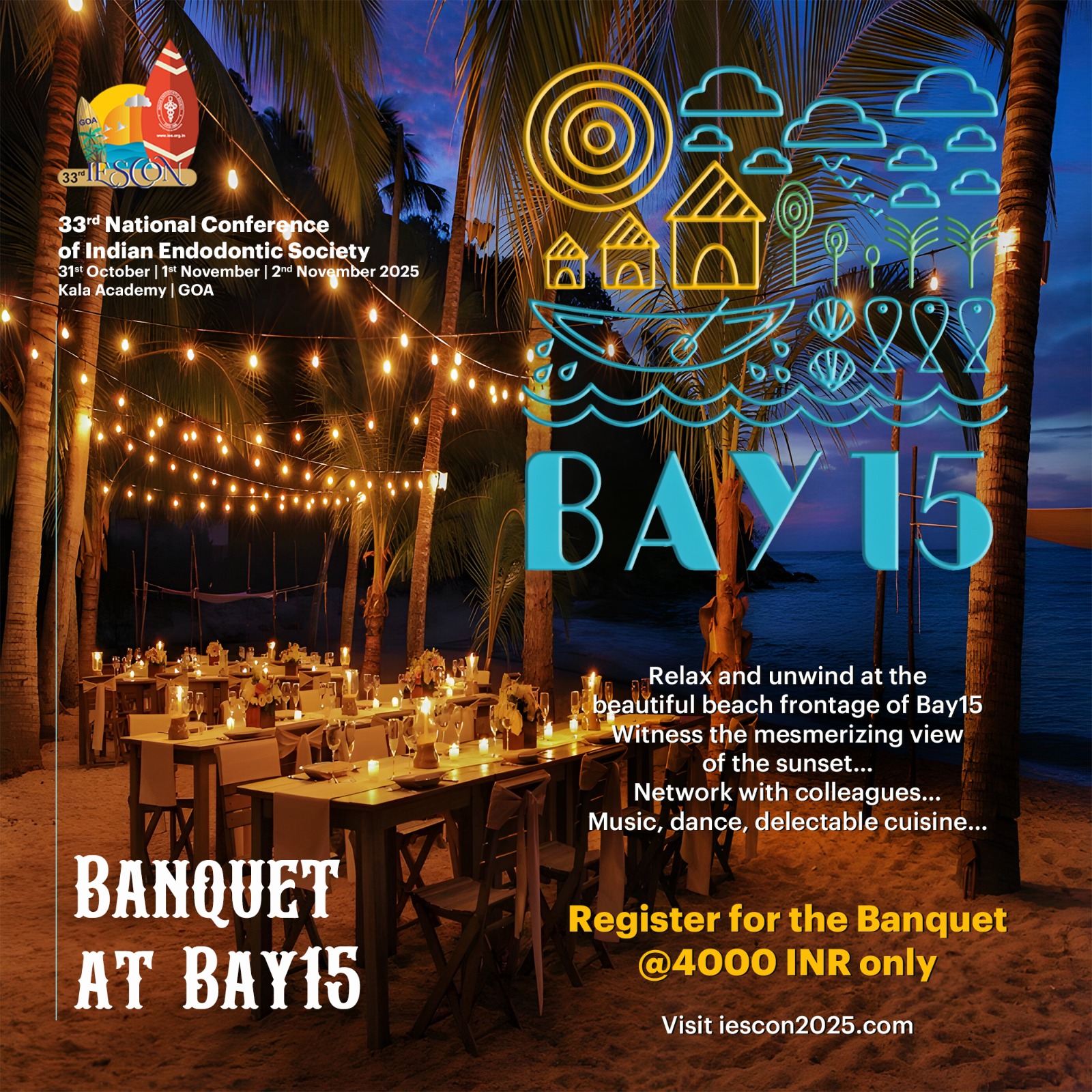About Goa
Goa, a tiny emerald land on the west coast of India, was liberated from Portuguese rule in 1961. Goa covers an area of 3702 square kilometres and comprises two Revenue districts namely North Goa and South Goa. Boundaries of Goa State are defined in the North by the Terekhol river which separates it from Maharashtra, in the East and South by Karnataka State and West by Arabian Sea.
Goa is visited by large numbers of international and domestic tourists each year because of its white-sand beaches, places of worship, and World Heritage-listed architecture. It also has rich flora and fauna because it lies very close to the Northwestern Ghats rainforests, one of the rare biodiversity hotspots of the world.
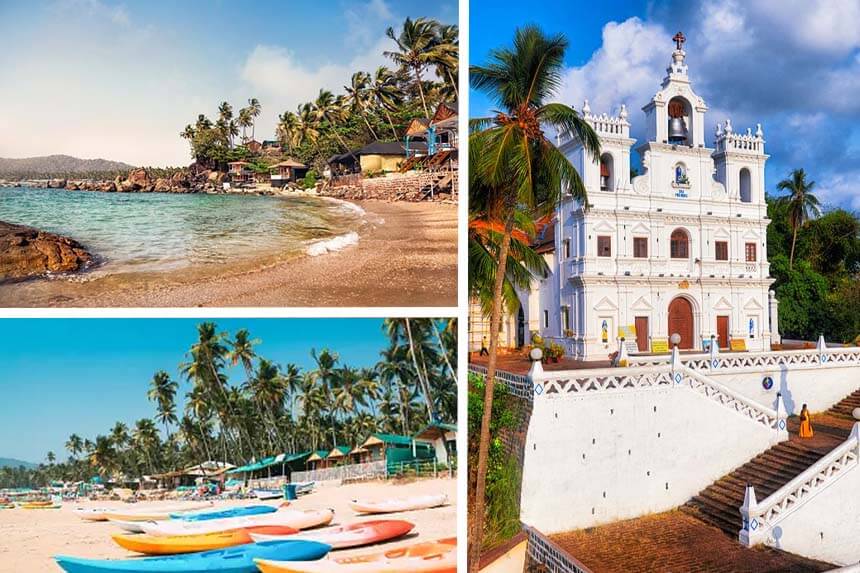
About Panaji
Panaji lies in the North Goa district, situated on the banks of the river “Mandovi” and connected to the mainland by bridges.
It is not only the state capital, but also an educational, commercial and cultural centre of Goa. The town has some beautiful Portuguese Baroque style buildings and enchanting old villas. The Church Square is a fine illustration of the awesome Portuguese Baroque style. The riverside, speckled with brightly whitewashed houses with wrought iron balconies, offers a fine view.
There are two old sections of the city existing today, one called “Fontainhas” and the other “Sao Tome”. The hillock overlooking the city is called “Altinho”. Fontainhas is a lovely old residential area amidst shady cobbled streets connecting red-tile-roofed houses with overhanging balconies.
Today, Panaji is not only the state capital, but also an educational, commercial and cultural centre of Goa. The main transportation hub is across the “Patto Bridge” over the Rua de Ourem creek at the Kadamba Bus Station. From this Bus station buses take off regularly to other Goan cities like Margao, Vasco da Gama, Mapusa, Ponda and other towns in Goa and to neighbouring states. The nearest train station is Karmali, near Old Goa.

Art Park Campal
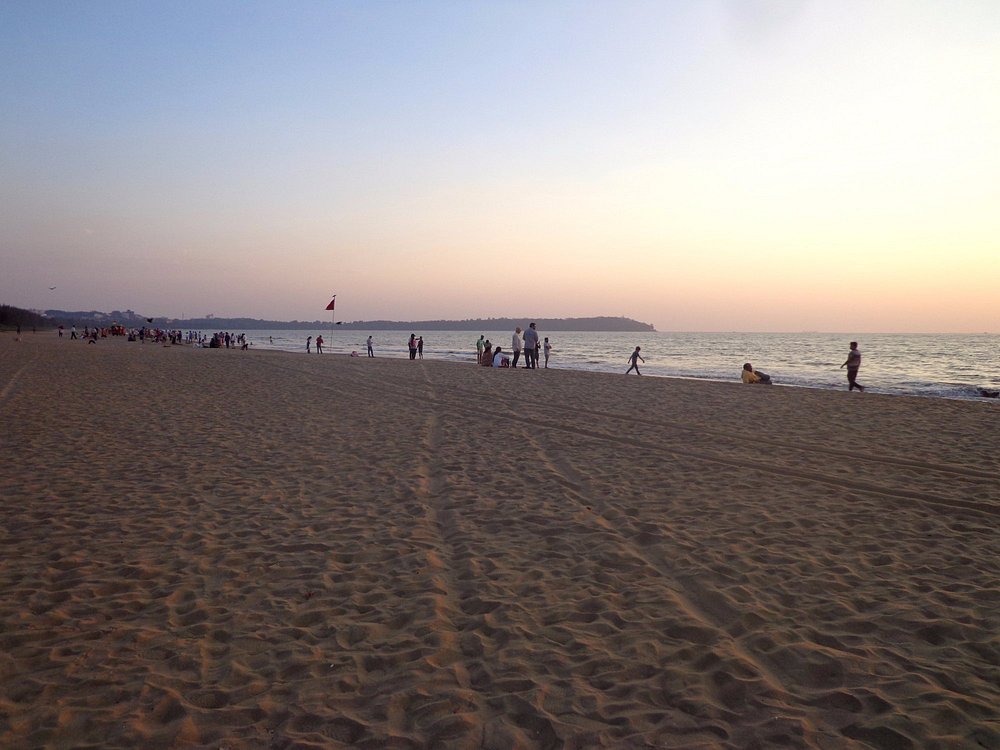
Miramar-beach
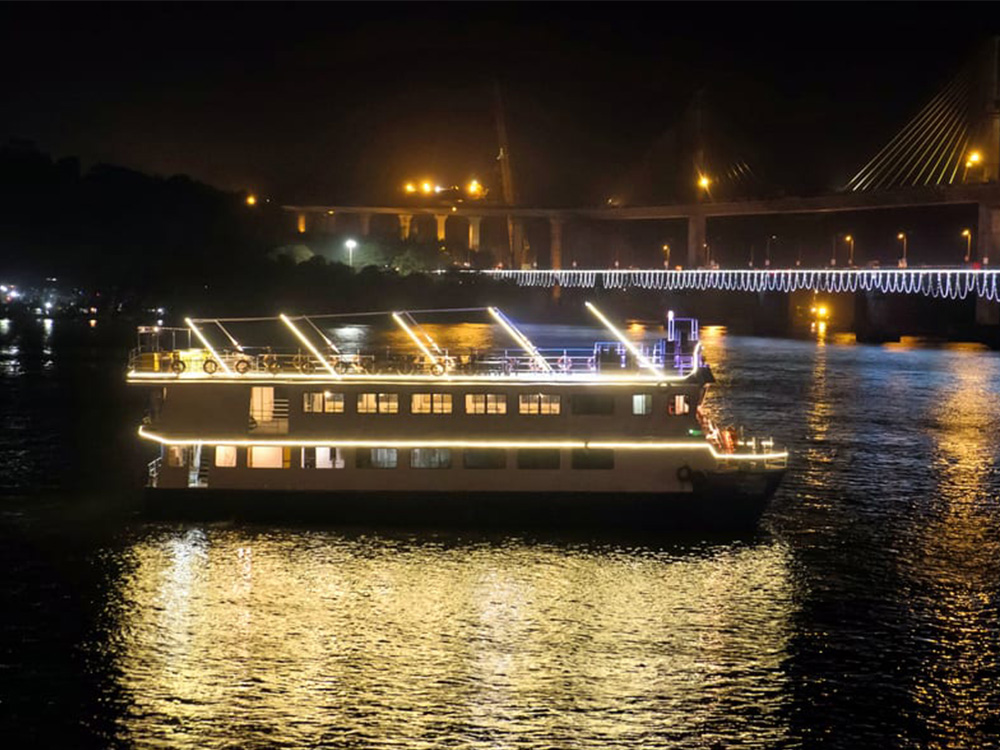
River Cruises
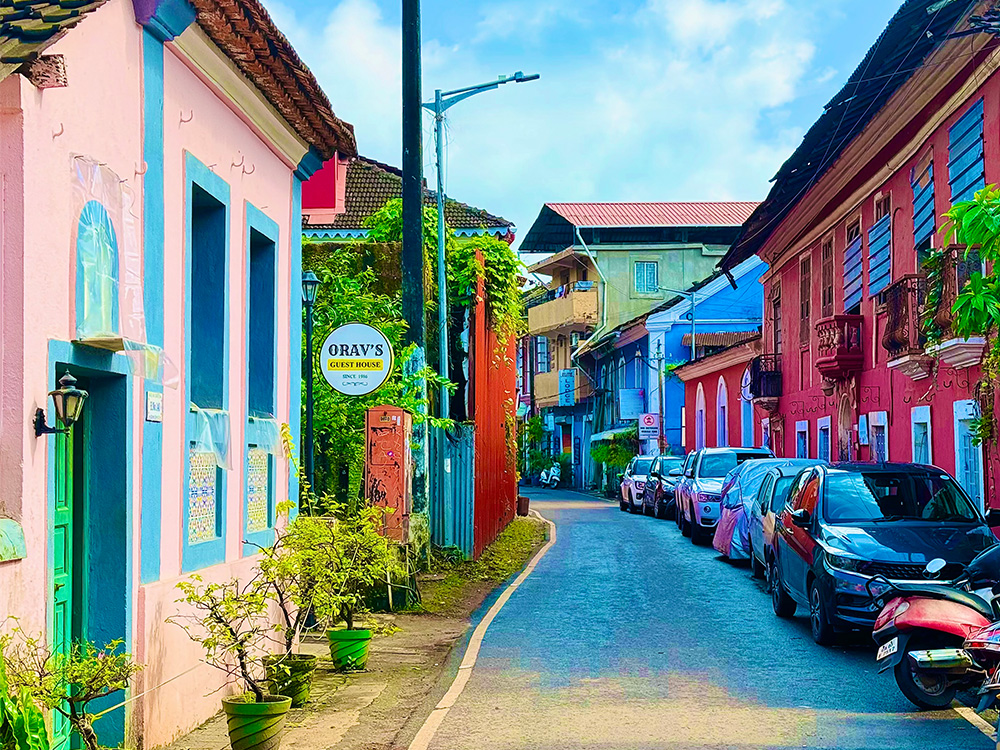
Fontainhas
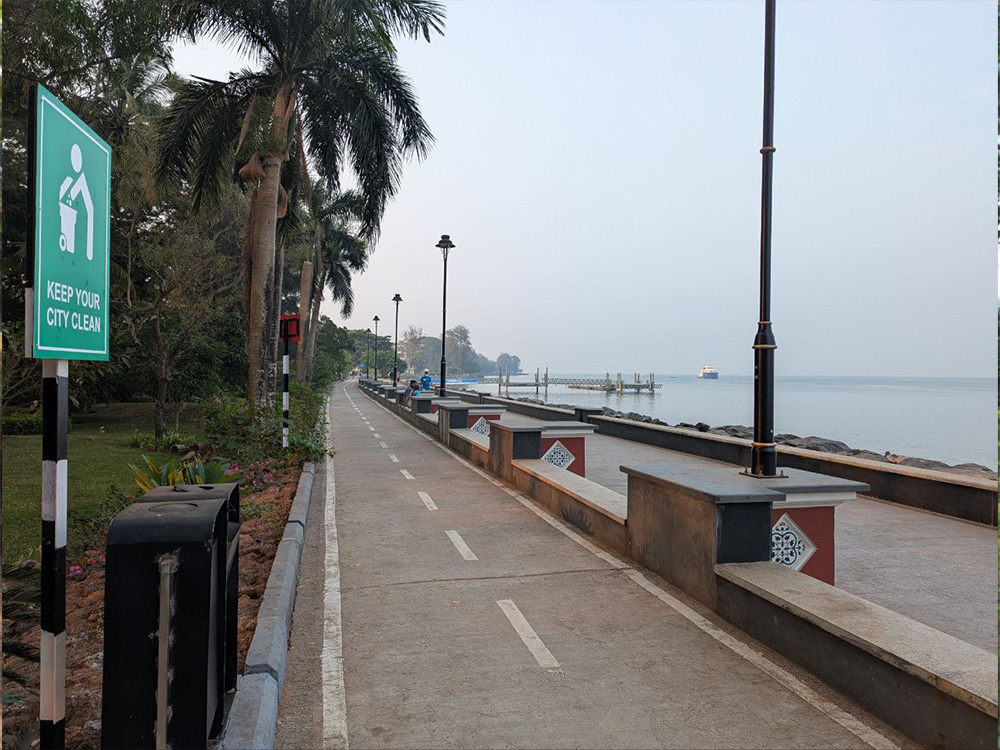
Panjim Promenade
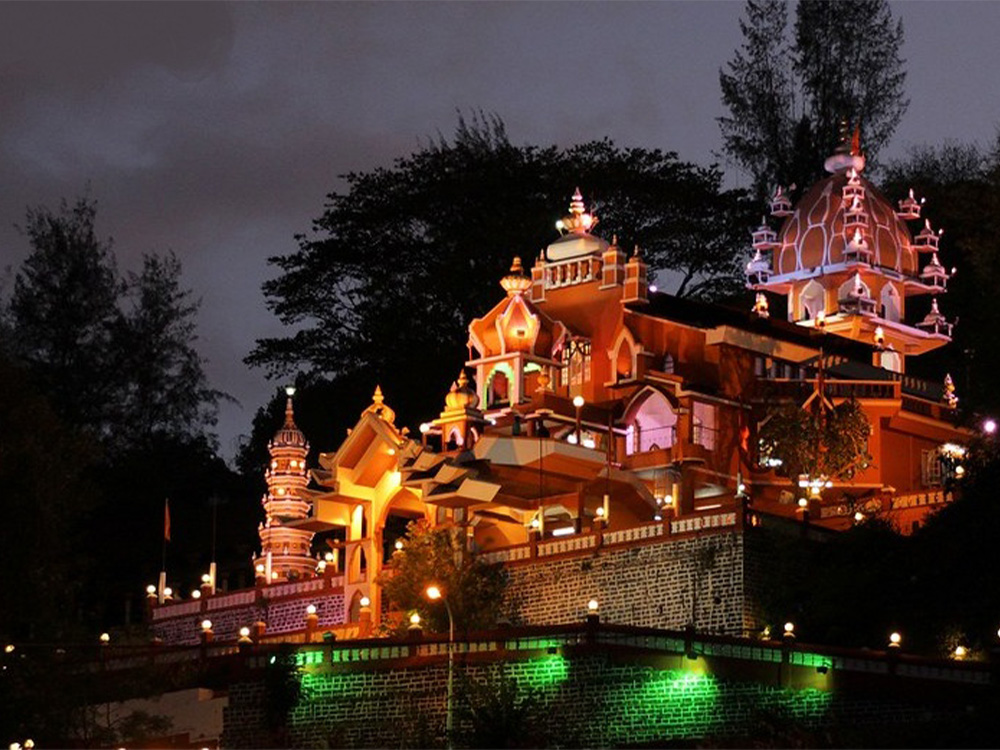
Maruti Temple
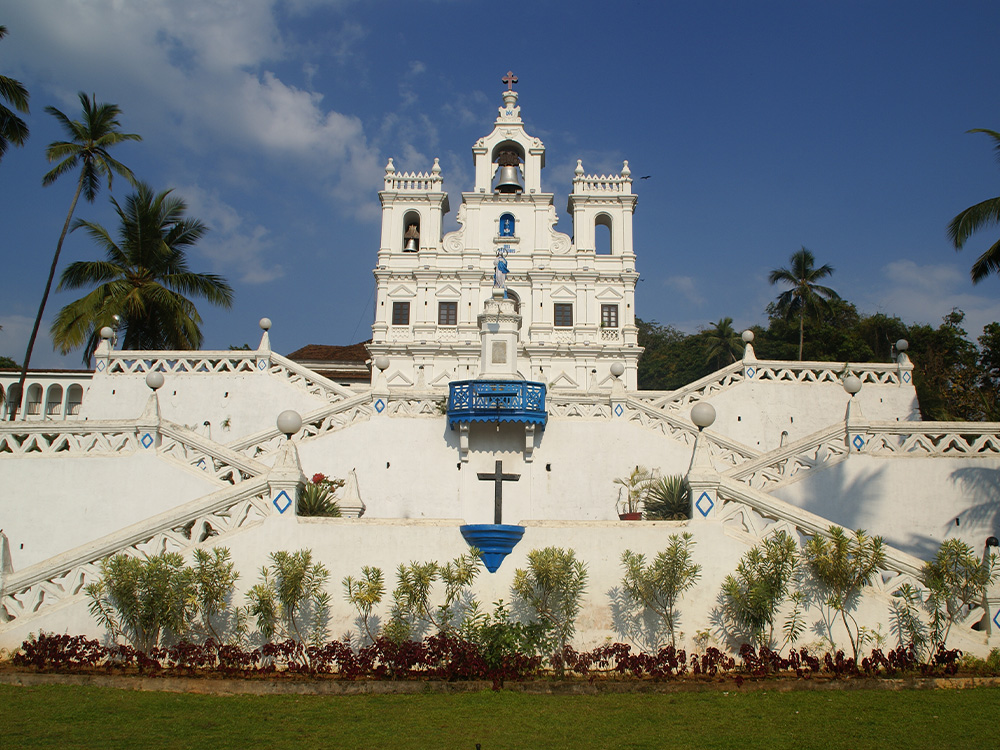
Immaculate Conception Church
Kala Academy
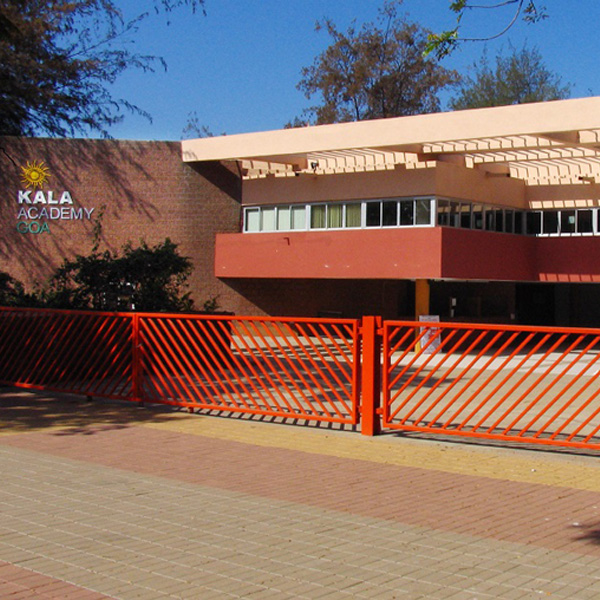
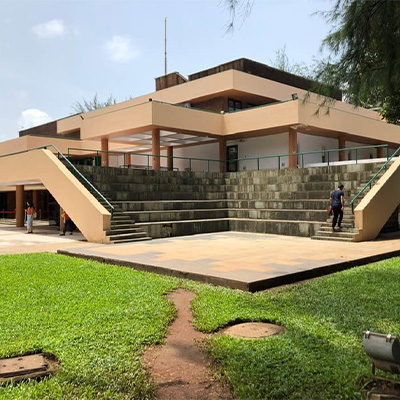
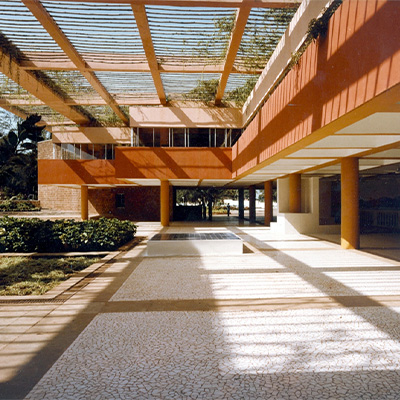
Kala Academy is a renowned centre for performing arts and cultural excellence. Situated along the serene Mandovi River in Panaji, this iconic venue was designed by the legendary architect Charles Correa, blending modernist architecture with Goa’s rich artistic traditions.
At its core lies the Dinanath Mangeshkar Auditorium, a 954-seat marvel named after the legendary singer and actor Master Dinanath Mangeshkar, father of Lata Mangeshkar. This auditorium is a masterpiece of design, featuring versatile acoustics for events ranging from plays and orchestral performances to conferences.
Adding to its allure, the auditorium is adorned with murals by celebrated Goan cartoonist Mario Miranda, depicting a nostalgic old Goan theatre. As performances begin, the murals come alive, with lights dimming gradually and the painted figures fading last, creating a unique immersive experience.
Surrounded by beautifully landscaped gardens and offering panoramic views of the Mandovi River, the Kala Academy Goa is the perfect blend of culture, innovation, and scenic beauty, making it the ideal venue for the 33rd IES Conference 2025.
Places To Visit
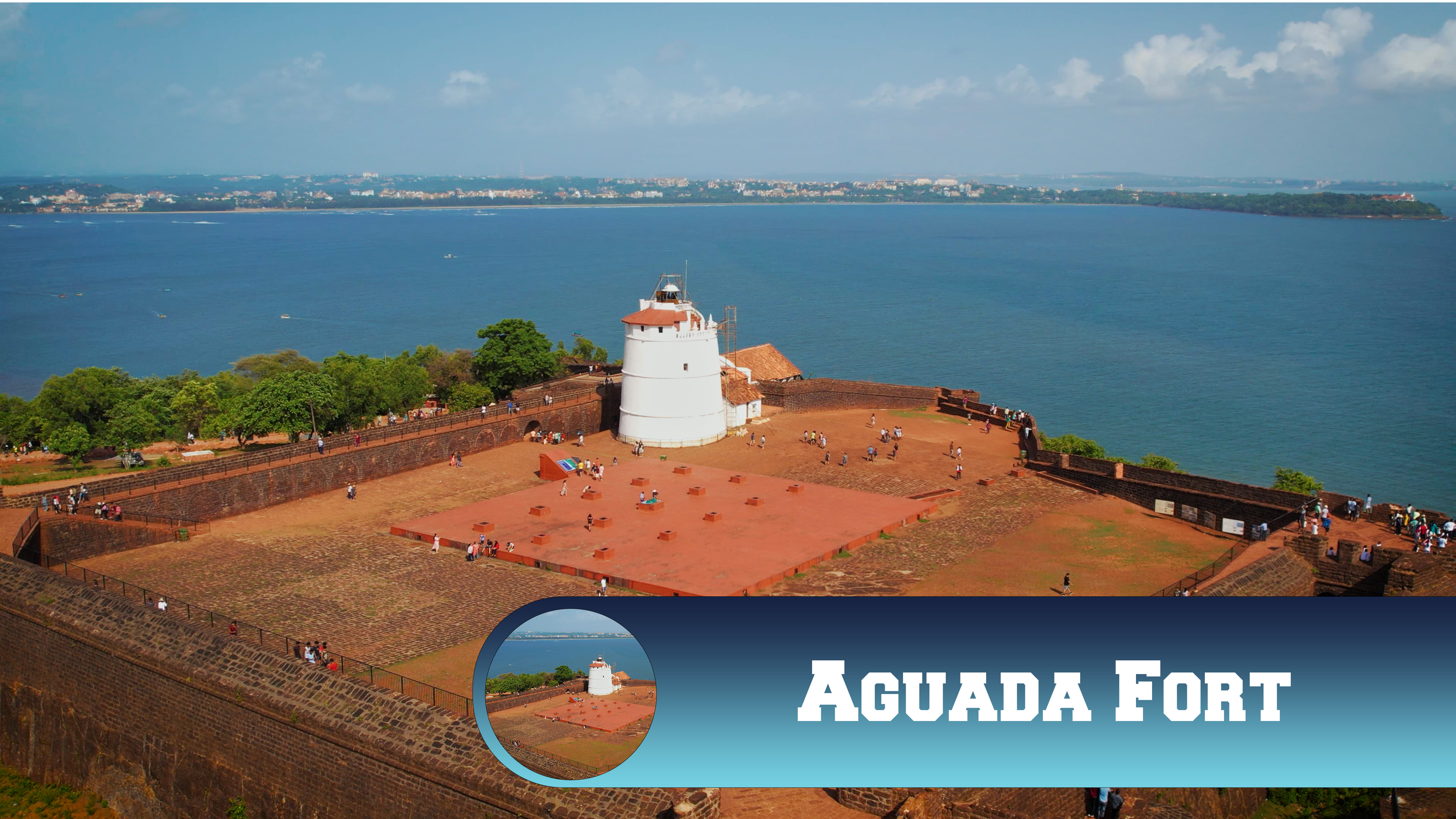
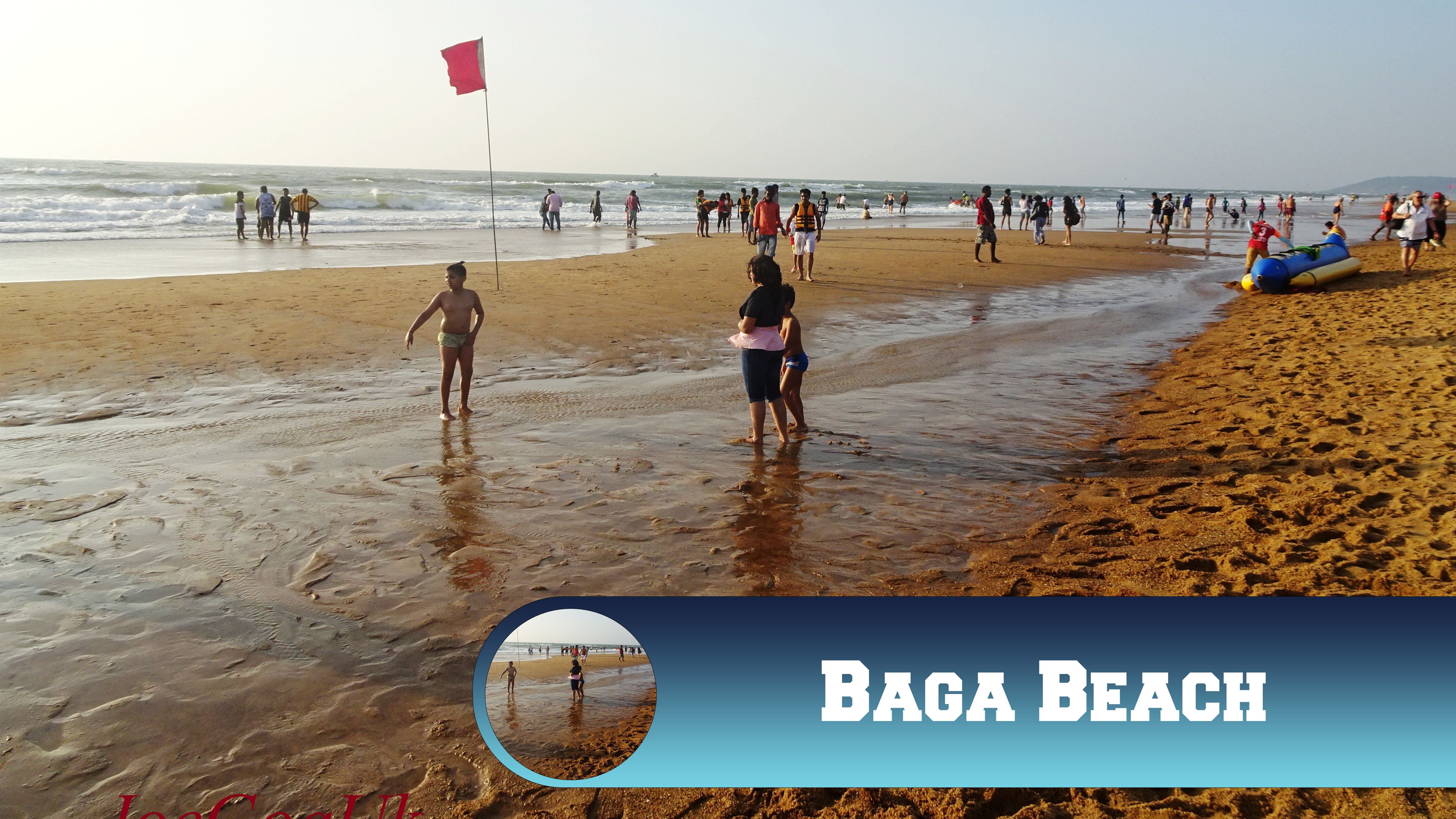
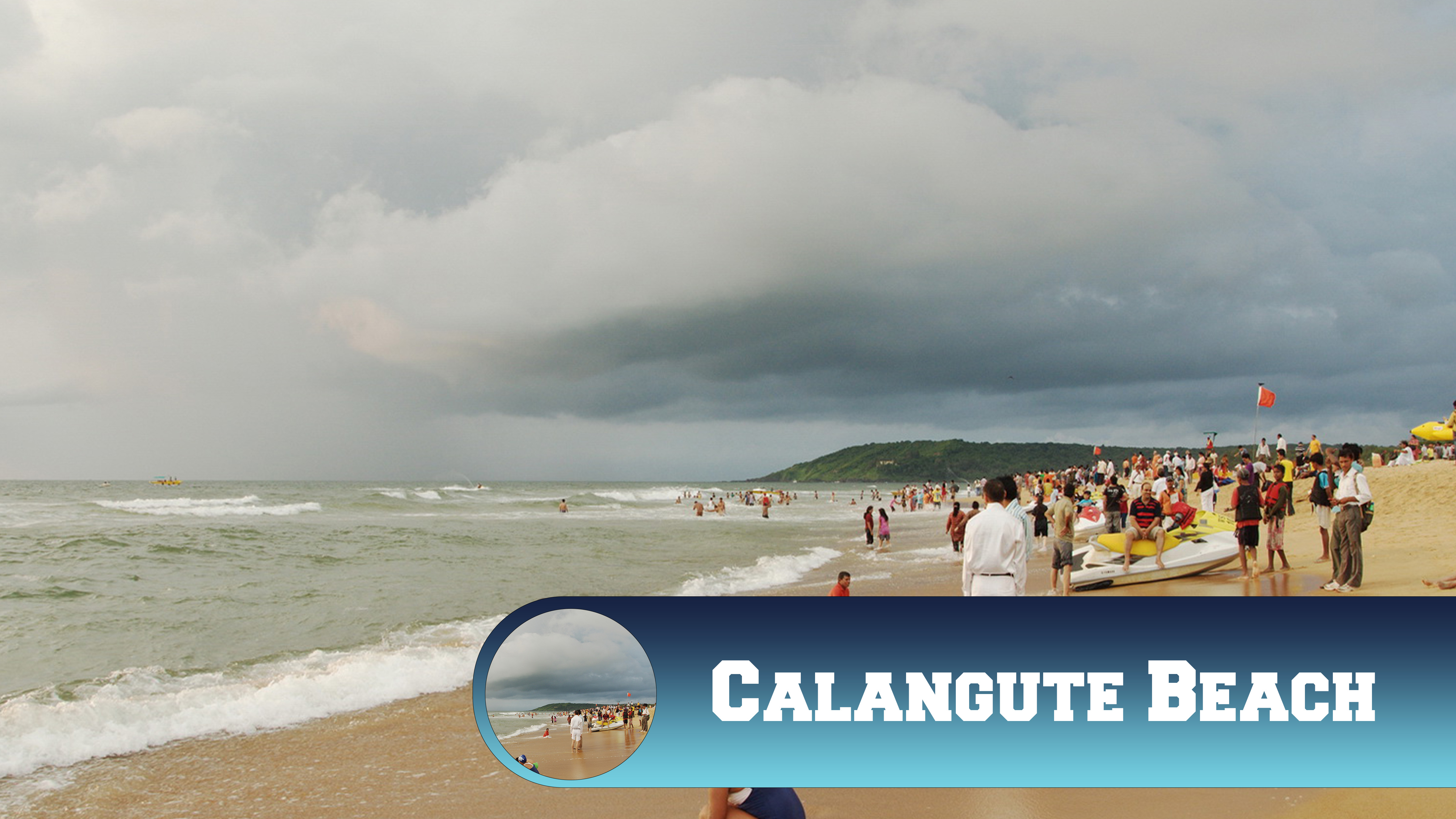
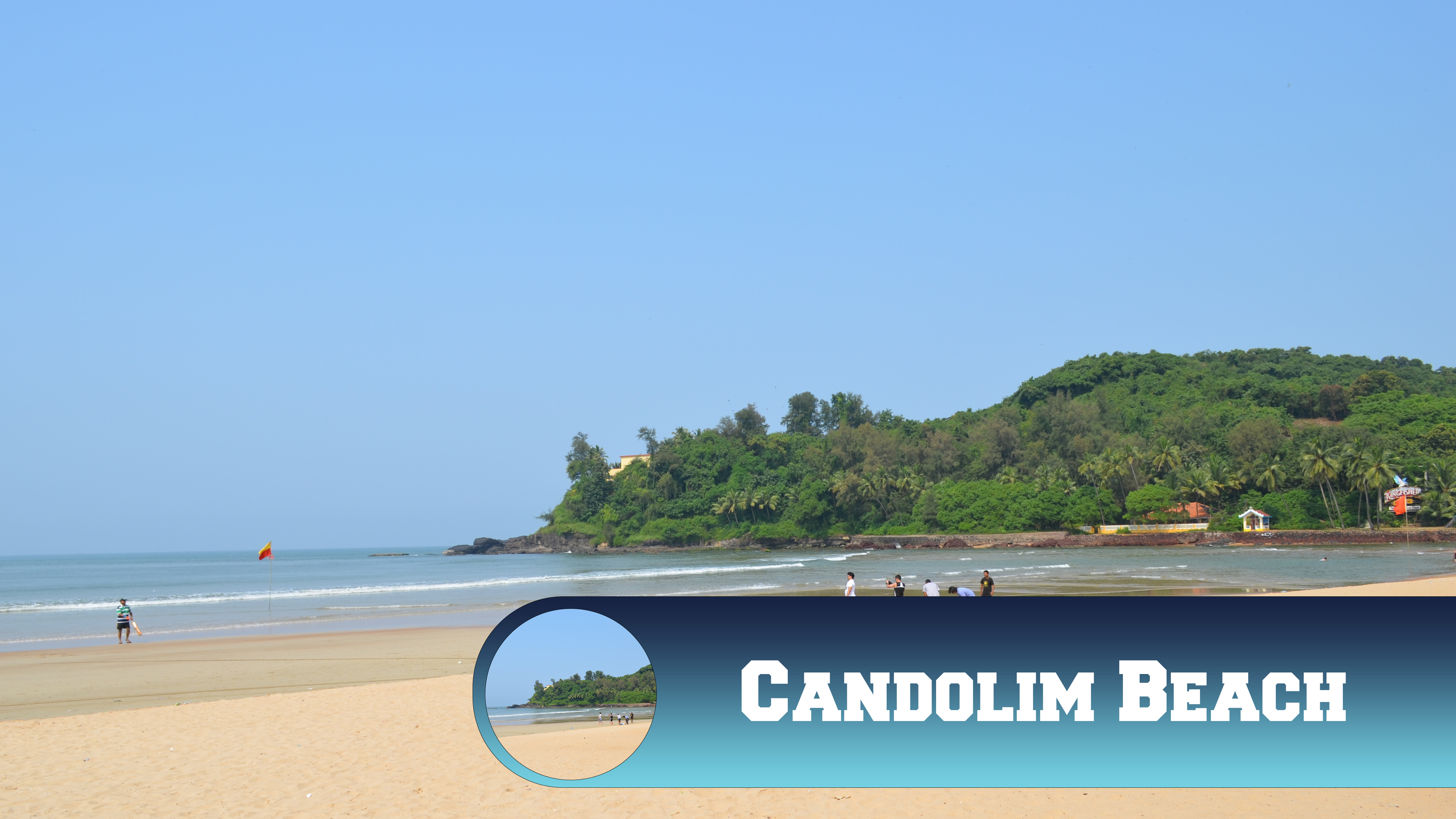
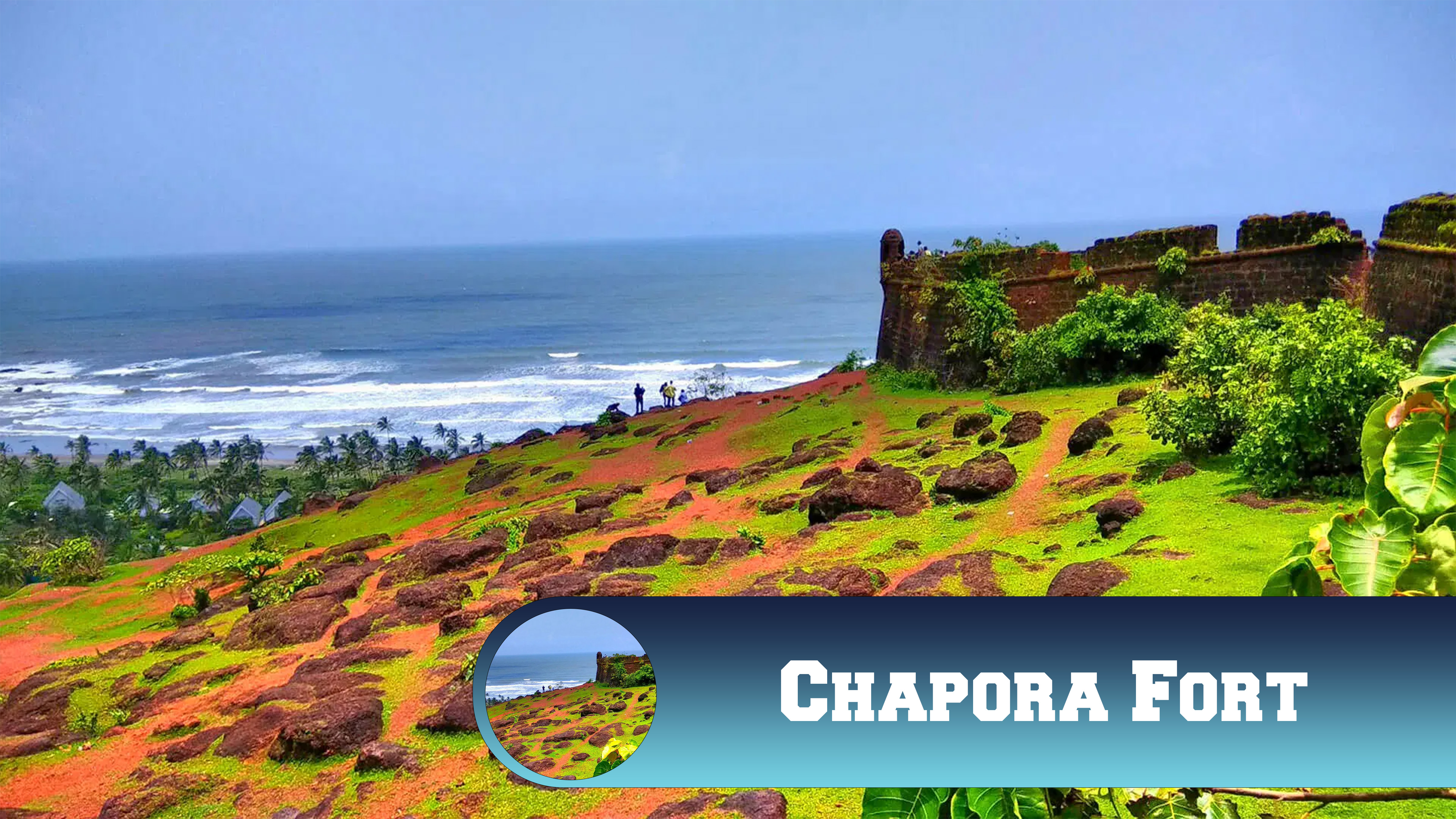
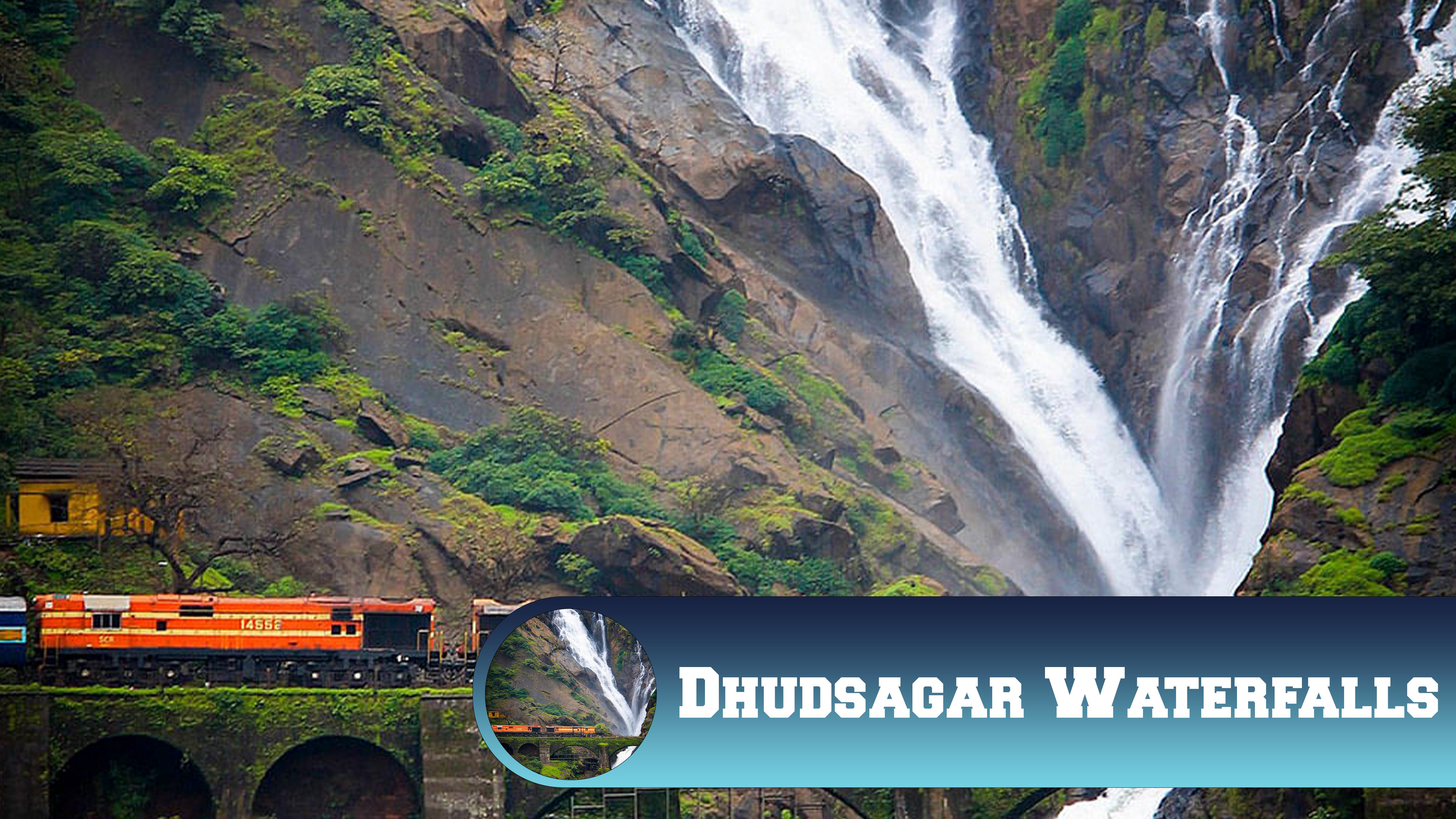
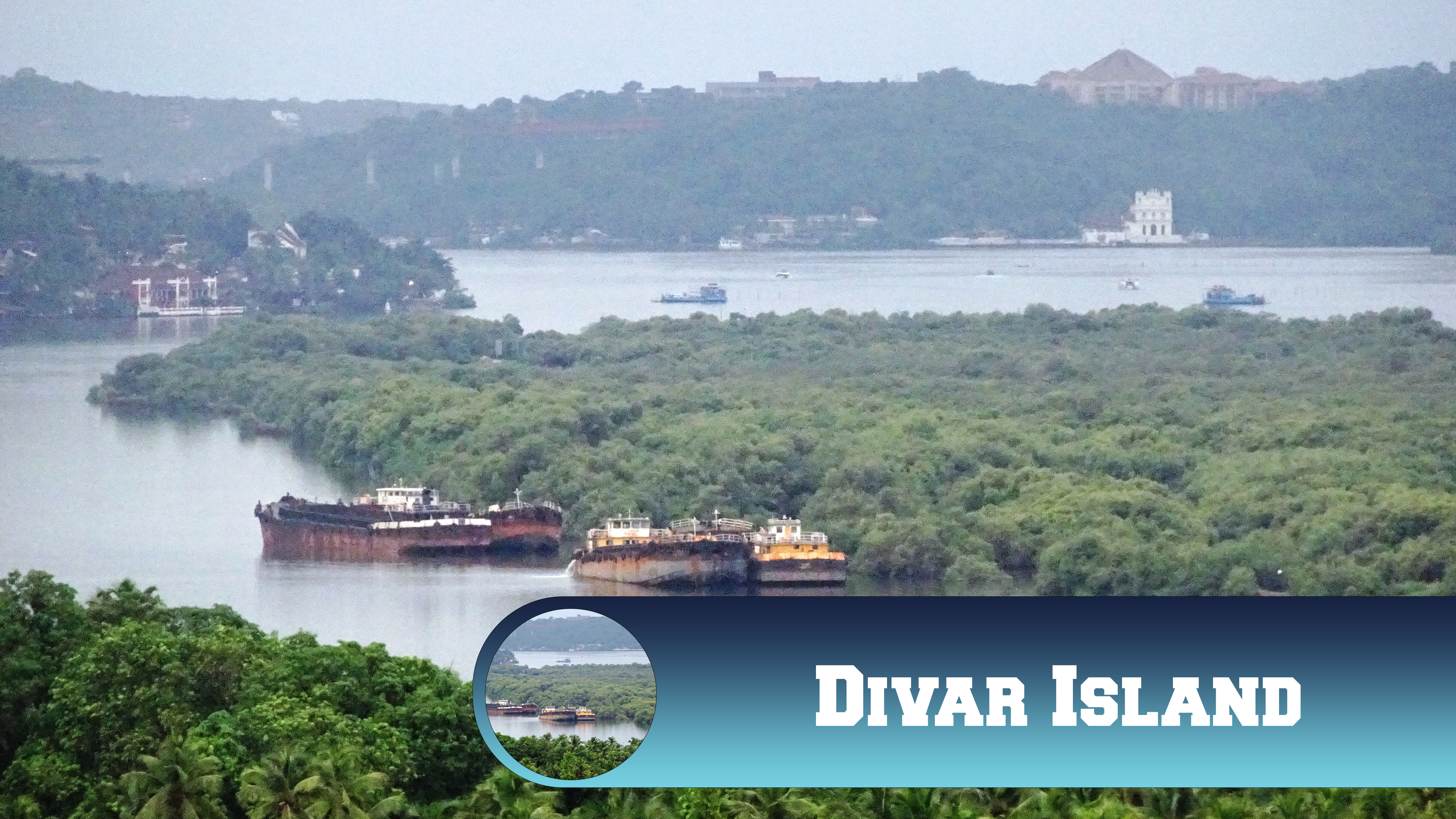
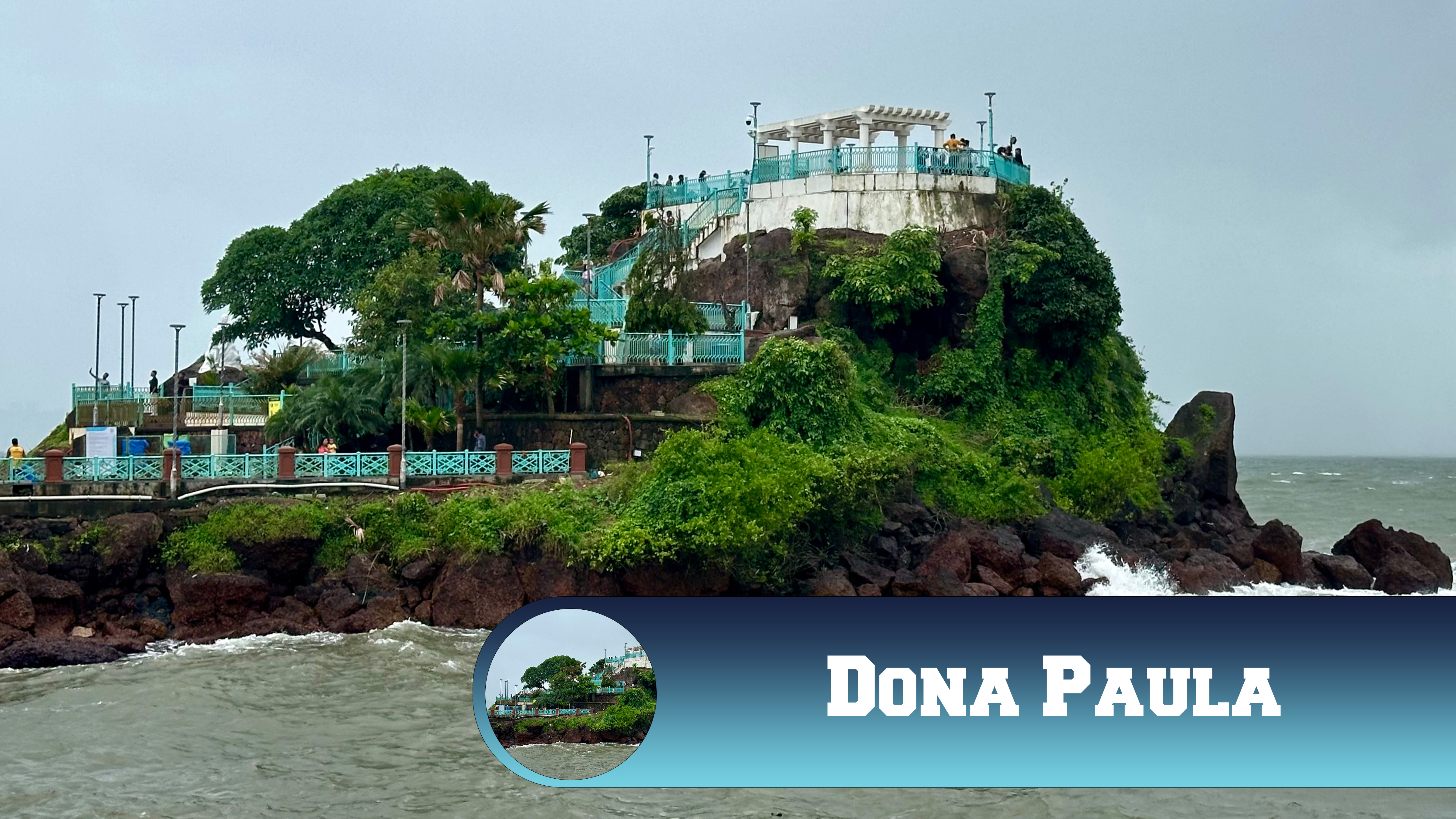
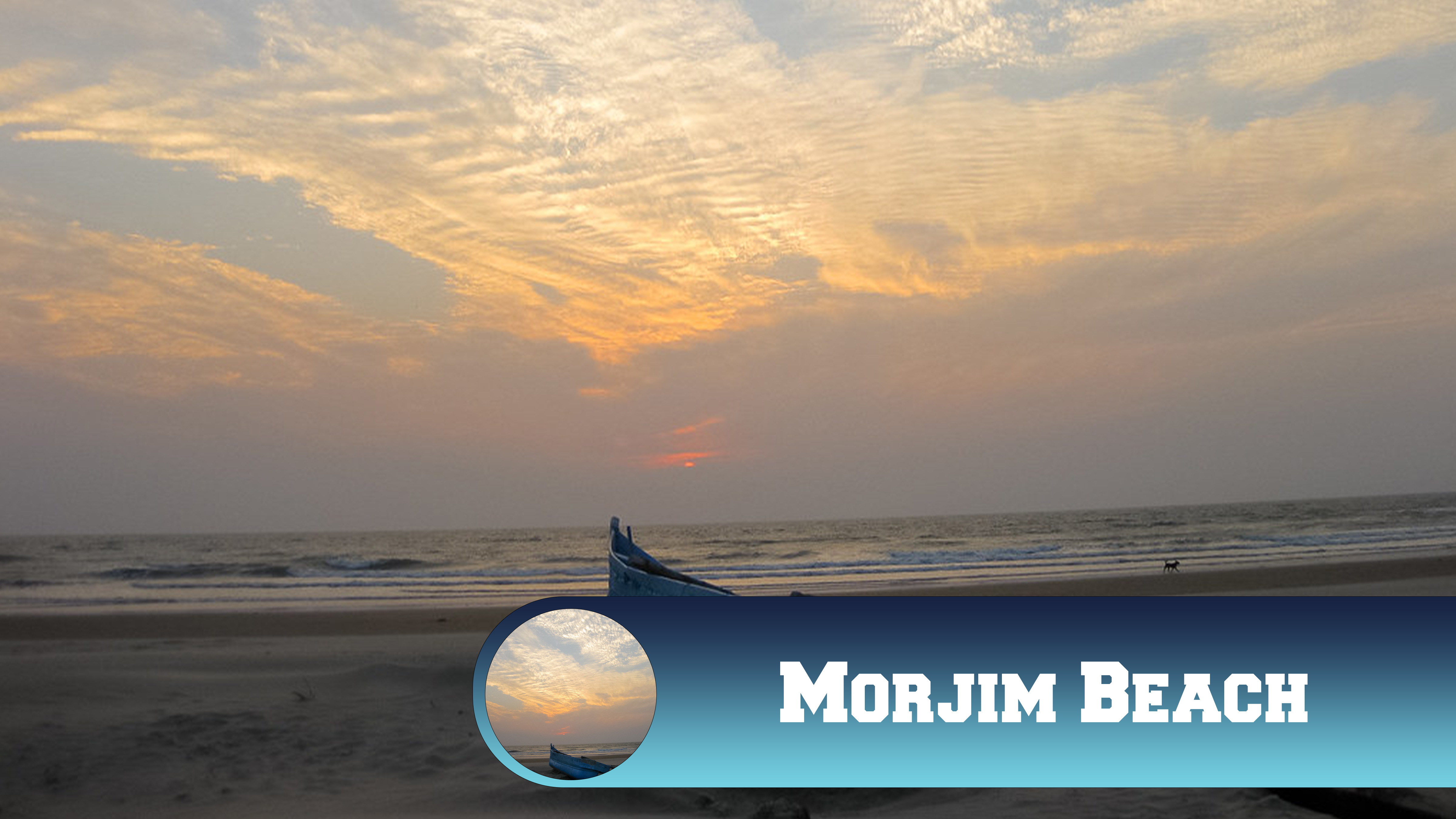
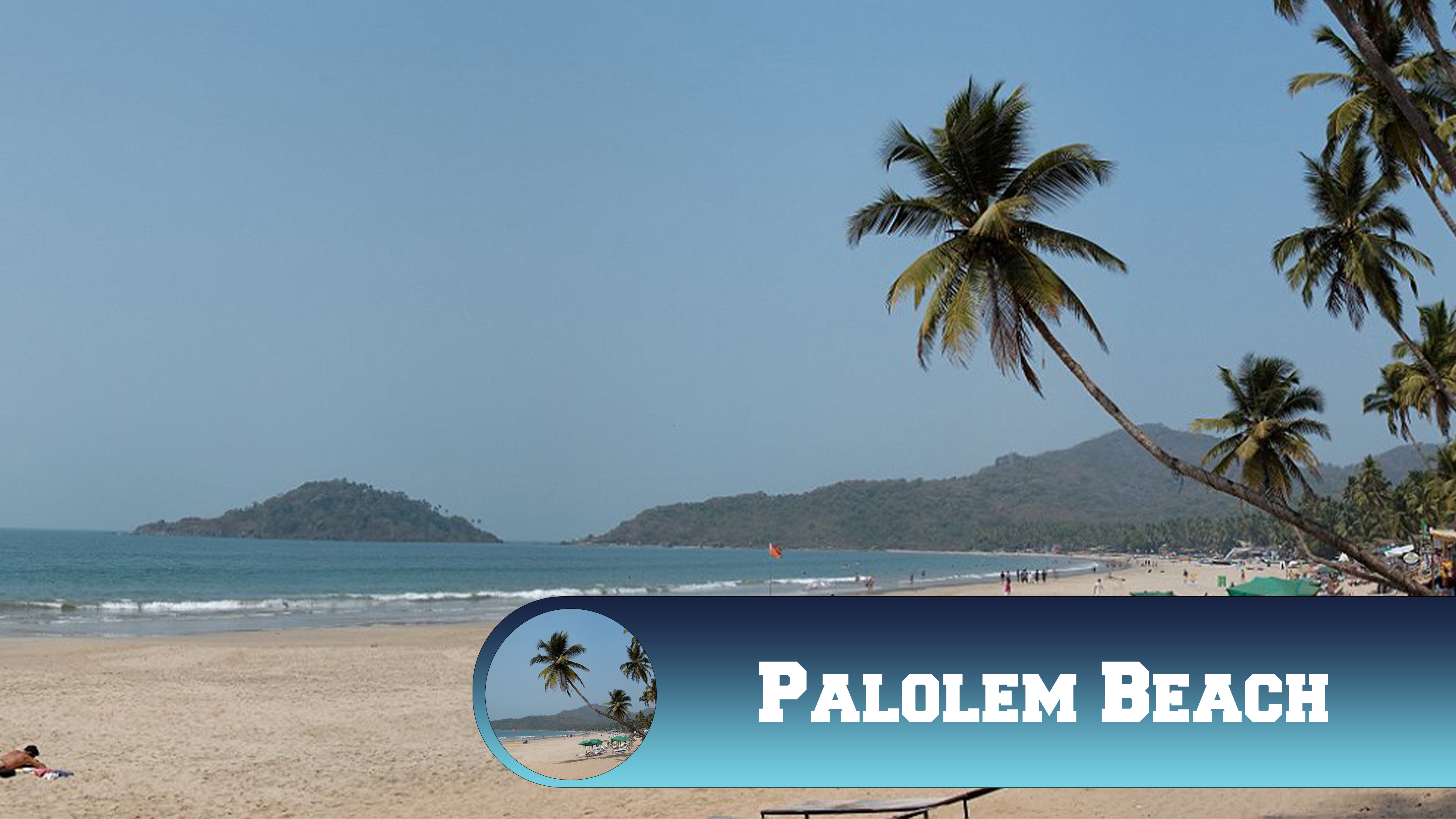
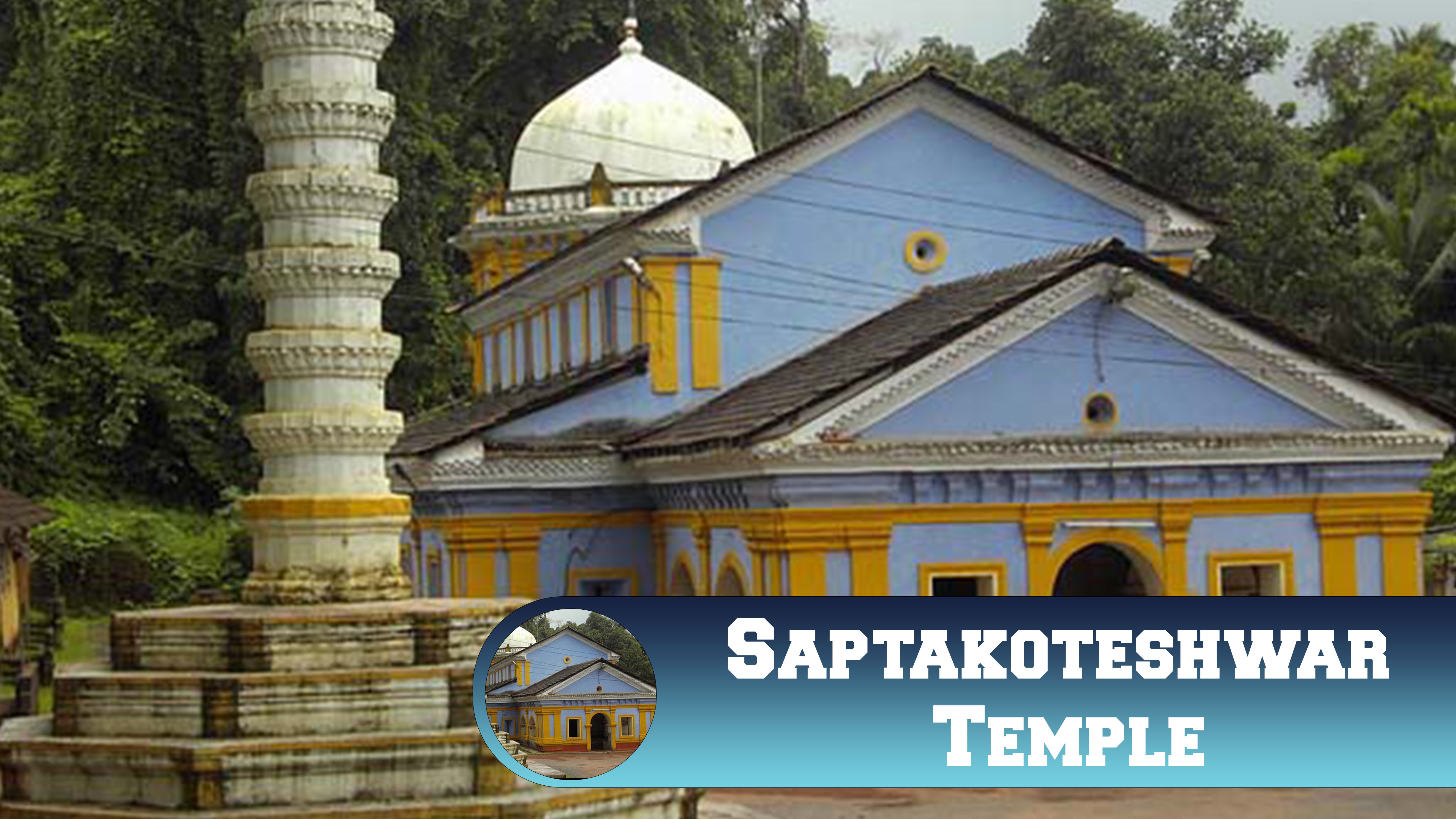
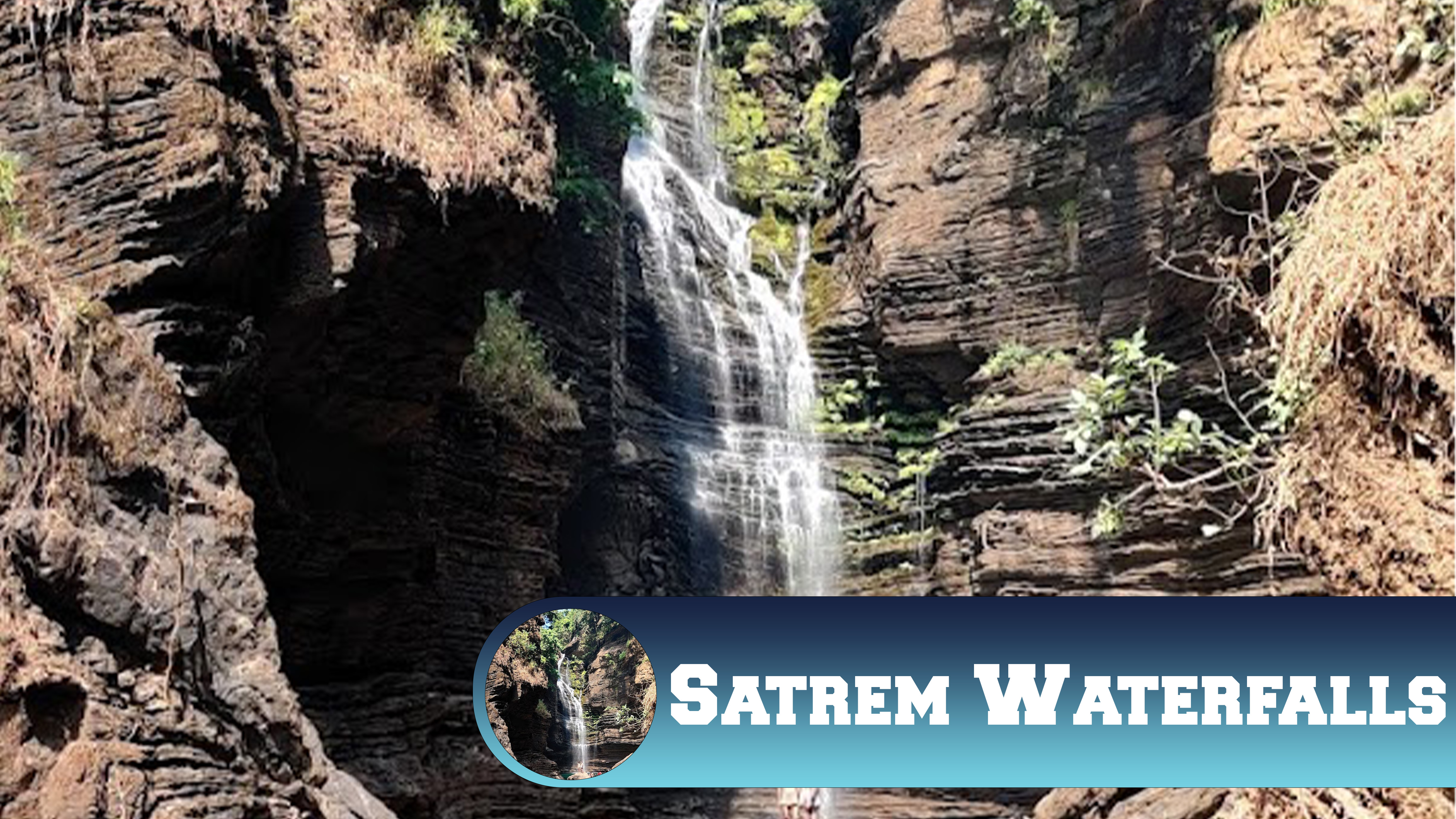
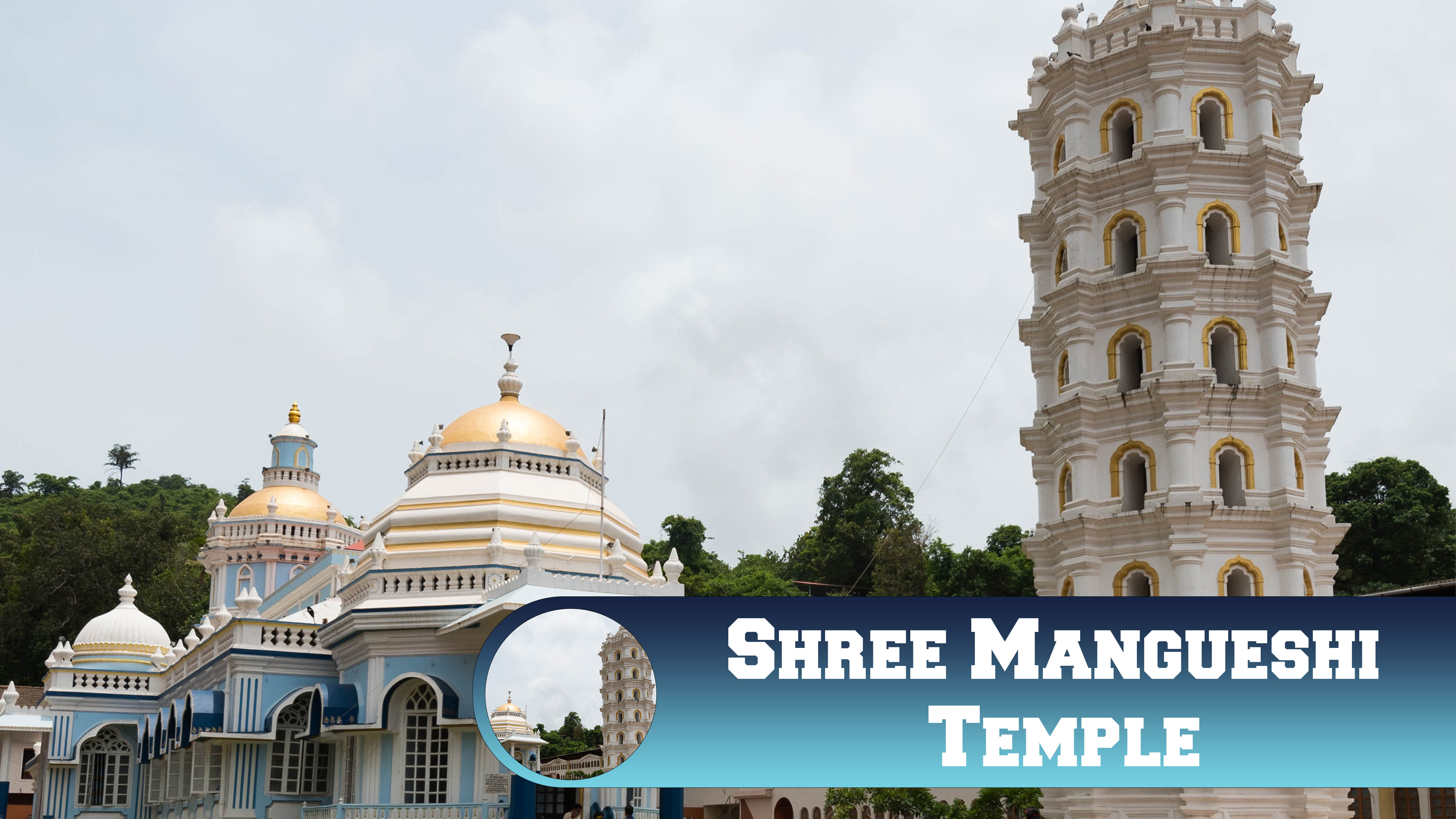
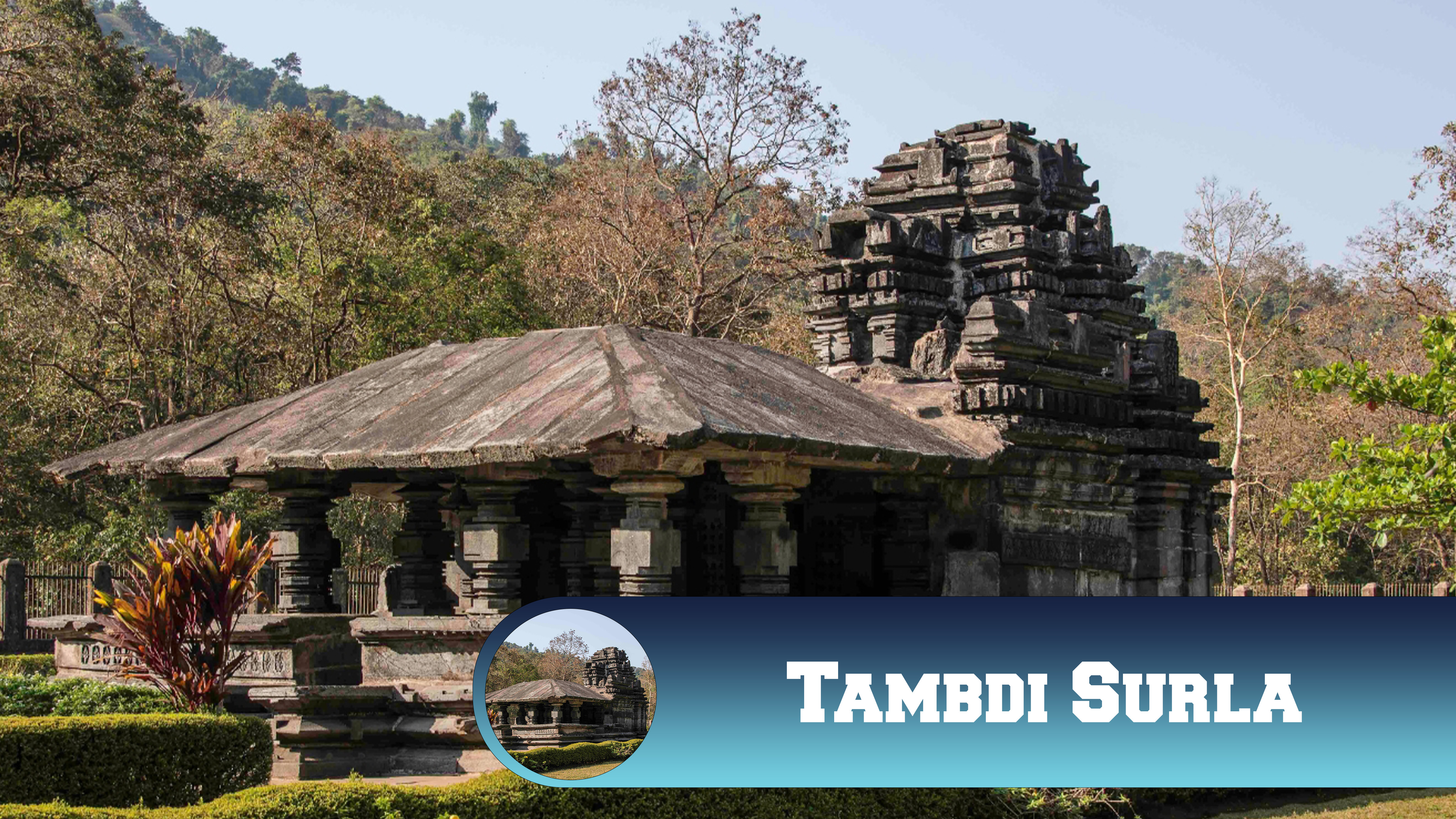
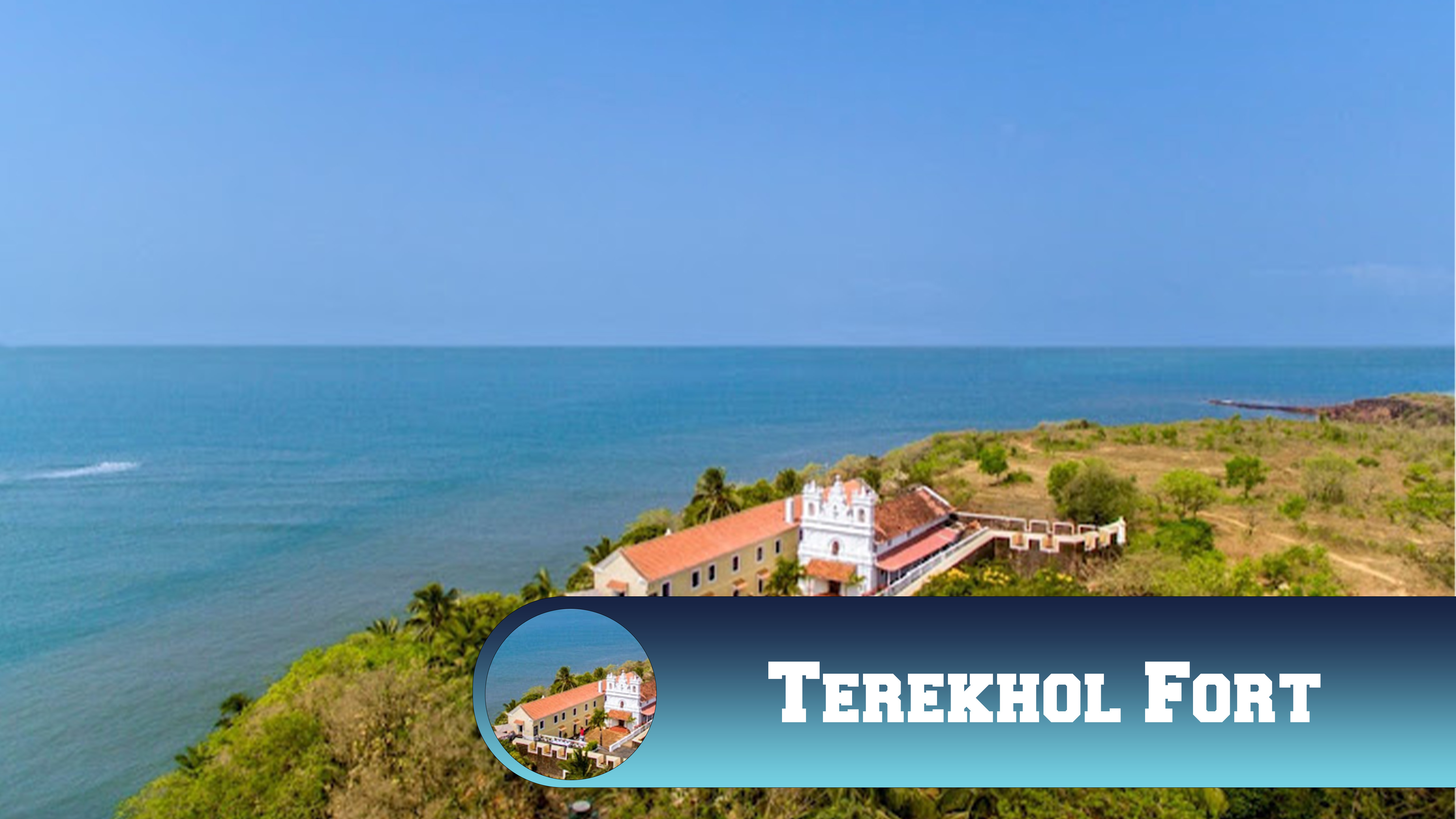
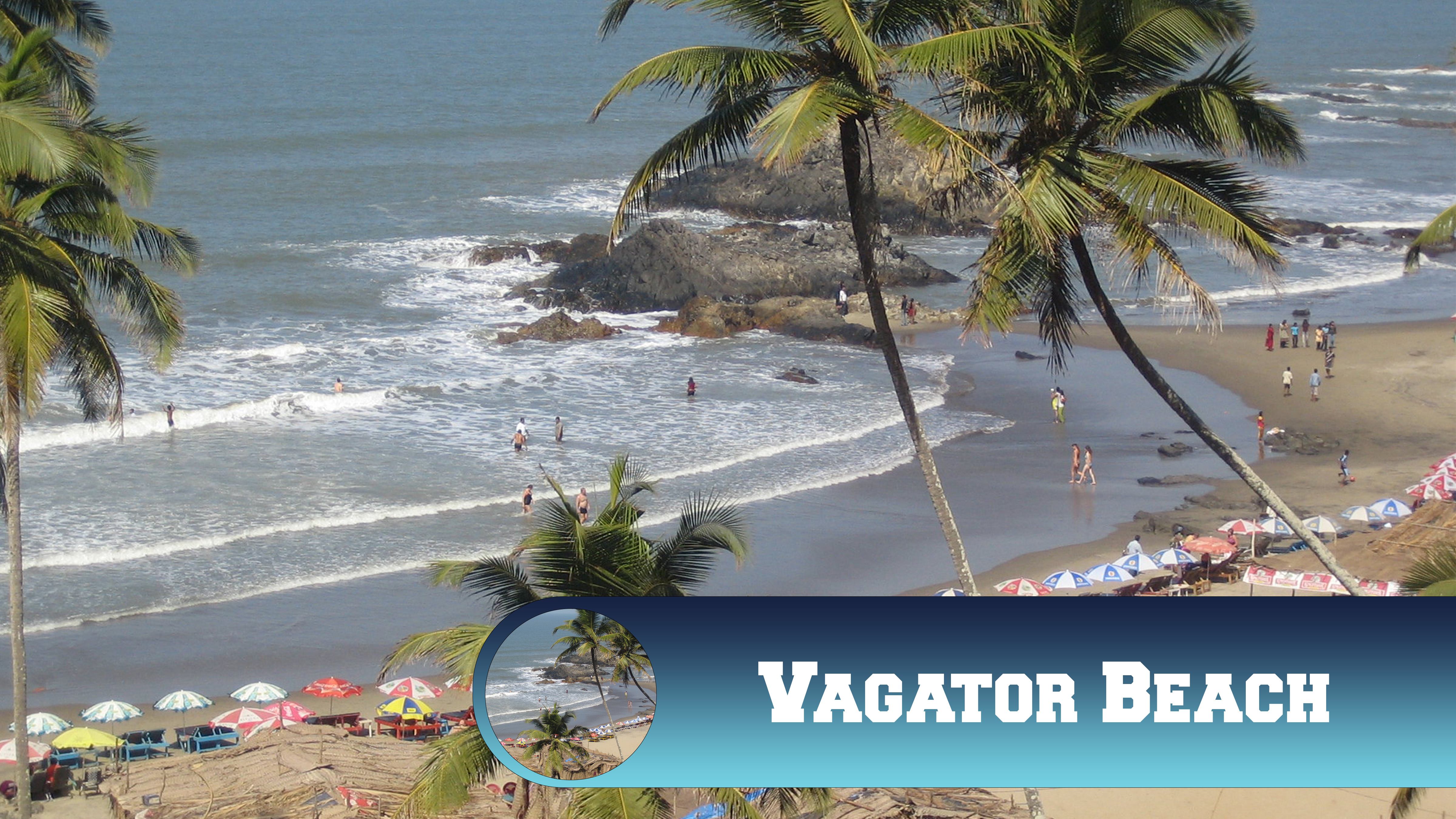
Banquet
